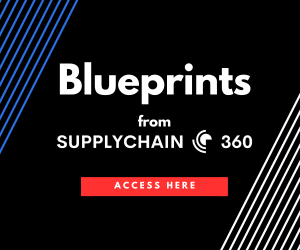Predictive Data: A Proactive Shield Against Disruptions
Localized disruptions, such as warehouse fires or regional flooding, can pose immediate threats to supply chains. However, businesses that integrate predictive data analytics into their operations are able to mitigate these risks before they escalate.
By analyzing real-time data, companies can halt shipments heading into disaster zones, reroute goods, and anticipate customer needs in affected areas. Retailers have successfully used this approach during severe weather events by preemptively stocking critical supplies in regions expected to experience an influx of displaced residents. These actions not only maintain service levels but also strengthen customer trust.
The COVID-19 pandemic further highlighted the value of flexible distribution networks. Businesses with advanced order management systems were able to reroute shipments and redistribute inventory across warehouses in response to shifting demand patterns. This underscores the importance of minimizing reliance on single inventory sources and investing in systems that facilitate rapid, informed decision-making.
Technology Failures: A Hidden Vulnerability
While technology enhances supply chain resilience, it also introduces potential points of failure. Software outages and data center disruptions can bring operations to a standstill, yet many businesses fail to rigorously test their disaster recovery plans. Without regular testing and defined recovery timelines, organizations risk prolonged downtime during critical moments.
Supplier-side disruptions also create cascading effects. Automated inventory systems, heavily dependent on historical sales data, often struggle to recover from unexpected stockouts, leading to persistent shortages. To prevent such vulnerabilities, businesses must implement safeguards that enable swift inventory recovery and supply flow stabilization.
The Overlooked Competitive Advantage of Supply Chain Resilience
Supply chain resilience is often discussed in broad terms, but few companies take full advantage of the strategic opportunities it presents. The ability to harness predictive data, implement proactive planning, and pressure-test recovery strategies separates leaders from those left reacting to crises.
A flexible and data-driven supply chain does more than safeguard operations—it creates a competitive edge. Businesses that treat resilience as an integral part of growth strategy, rather than a cost center, will not only mitigate risks but also uncover efficiencies, optimize inventory positioning, and enhance customer satisfaction. The challenge for executives is not just adopting advanced technology but ensuring it is applied in a way that delivers real, measurable advantages.








